
Anyone who knows me knows that I tend to only think in terms of cars. I can remember the car someone pulled up in at a party four years ago, but will have no recollection of what their name was. Moreso, I view culture, politics and economics through a sort of automotive anthropologist lens. For example, darker colors are more popular in luxury car sales when an economic downturn has occurred and major shifts in industrial focus will be reflected in increased offerings of economy cars that can hold 4 to 5 people. I think you can see what the problem is here.
In any case, I came up with a cooking analogy (in no way automotive related) for a principal of data organization and I have to say, it’s actually pretty good! So, I am documenting it here.
[Read more…]


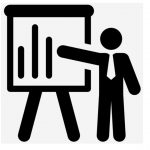

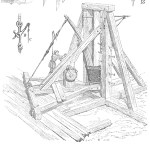

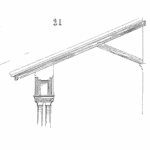
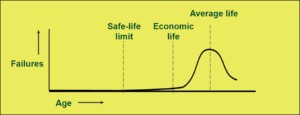 Think about your maintenance program. How often are your PMs scheduled? How were those
Think about your maintenance program. How often are your PMs scheduled? How were those  This formula is used to establish the economic life of the component, balancing the cost of the downtime vs. the cost of the replacement.
This formula is used to establish the economic life of the component, balancing the cost of the downtime vs. the cost of the replacement.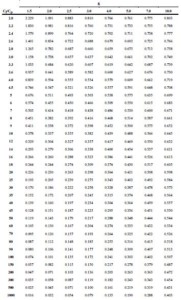





 Ask a question or send along a comment.
Please login to view and use the contact form.
Ask a question or send along a comment.
Please login to view and use the contact form.